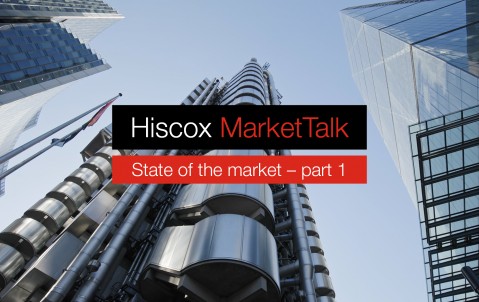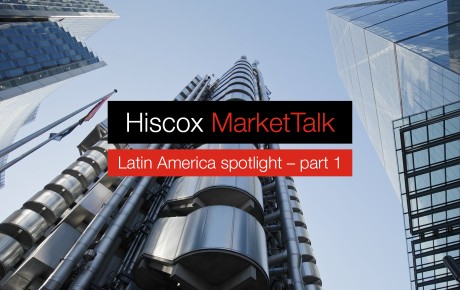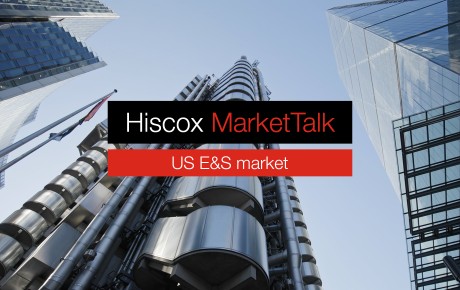
Insurance industry’s COVID-19 loss might not top $100 billion
Willis Re’s Global CEO says bill could turn out to be far less than the largest forecasts.
Insured losses from the COVID-19 crisis could be much lower than feared, James Kent, Global CEO of Willis Re, says in a video interview with Hiscox. Estimates of the insurance industry’s eventual price tag have been put at as much as $200 billion, but Kent says the eventual bill could be less than half that figure.
Kent tells Lawrence: “it's very hard to say exactly where it will end up…[but] I think the view that it goes past $100 billion diminishes by the day.” Companies have so far reported losses of $17 billion from the pandemic, according to Willis Re’s analysis of public filings, with firms adopting contrasting attitudes on reserving for pandemic claims, Kent says. While some have put up very high incurred by not reported (IBNR) claims estimates, others have so far announced much lower figures.
Some CEOs maintain it will be the largest loss in the insurance industry’s history, and, unlike a major hurricane or earthquake, it will take a long time before the full impact of the pandemic becomes clear. Speaking to Paul Lawrence, Hiscox London Market’s Chief Underwriting Officer, in a new series of video interviews with market leaders, called Hiscox MarketTalk, Kent says there will be “a lot of E&O losses to come out of this, potential D&O losses [too]…[which] are not going to be known for many, many quarters yet.”
A “logical” market
The pandemic did not bring a market-wide swing in the June and July renewals, Kent says. “We did see an acceleration [of the improvements in terms and pricing] from the January and April renewals, but it wasn't [the] dominant [factor].” Instead, rate increases have been “logical”, Kent argues. “The accounts that performed badly or have been hit by a certain run of losses, saw the most corrective action from reinsurers… [There’s] not a blanket price…we see that variation both by geography and by business line.” he says.
In the recent renewals, insurers with Florida risks saw price rises ranging “from mid-single digit all the way up to 40% or 50%, depending on the performance of that company and depending on the appetite [of] the reinsurers.” But, Lawrence and Kent agree, the rates have been mainly driven by ‘loss creep’ from Hurricane Irma, predominantly as a result of social inflation, rather than a post-pandemic backlash.
But a post-COVID-19 boom
There’s increasing evidence, however, of a business surge from the pandemic, with Lloyd’s stating that its syndicates have requested to write £11 billion of new business next year – 60% more than in 2020. Kent says clients probably are looking for that much extra cover – excess and surplus lines brokers are seeing “a huge growth in demand and placement”, he argues – but Lawrence suggests Lloyd’s is “walking a tightrope” in trying to both drive up the 334-year old market’s underwriting performance after three tough years, while also not missing out on a post-pandemic boom.
But, Lloyd’s is now better placed to compete with Bermuda-based rivals than it was following previous market-changing events, 9/11 and Hurricanes Katrina, Rita and Wilma, thanks to its ‘Blueprint One’ roadmap, Kent predicts. It “allows Lloyd’s to move more quickly than perhaps in ‘01 and ‘05,” as it “can quickly establish who are the optimal performers and allow them to grow quickly, to make Lloyd’s as relevant as possible in the market going forwards.”
He expects a new generation of companies will be formed to take advantage of higher prices resulting from this year’s market turmoil, which will be equal to the “Class of 2005” in the capital at their disposal. But, unlike, previous waves of start-ups, they are not starting from scratch; instead, “they're putting capital into existing companies or shells, with the rating already in place, often with business in place, often with teams in place.”
That’s because, Lawrence says, as market cycles have become more compact – usually no longer than two years – today’s start-ups don’t want to waste valuable time in getting up and running as a standalone business. “If that capital sits behind an existing platform, it gets to market much quicker,” Lawrence concludes.




